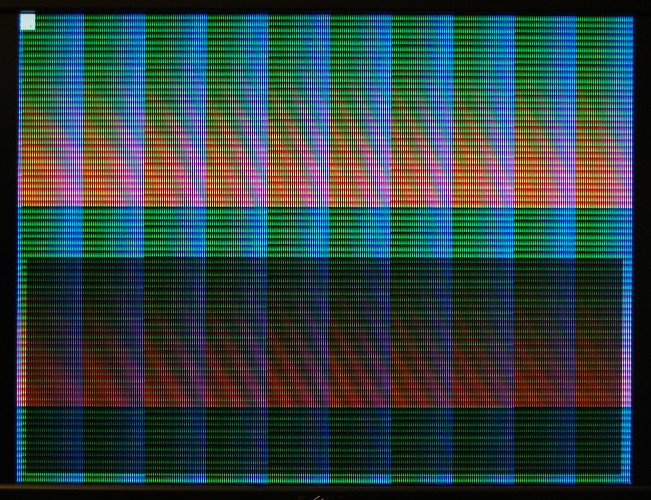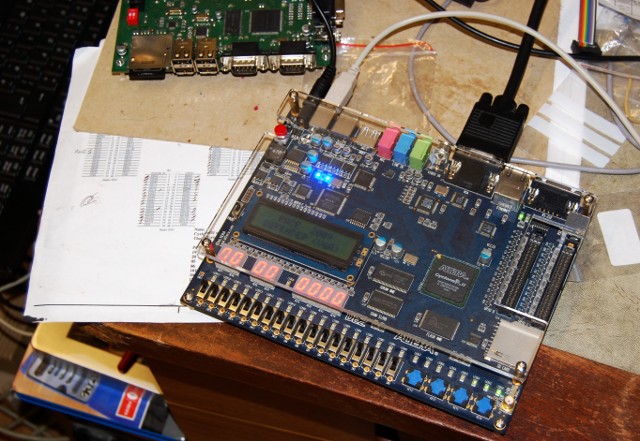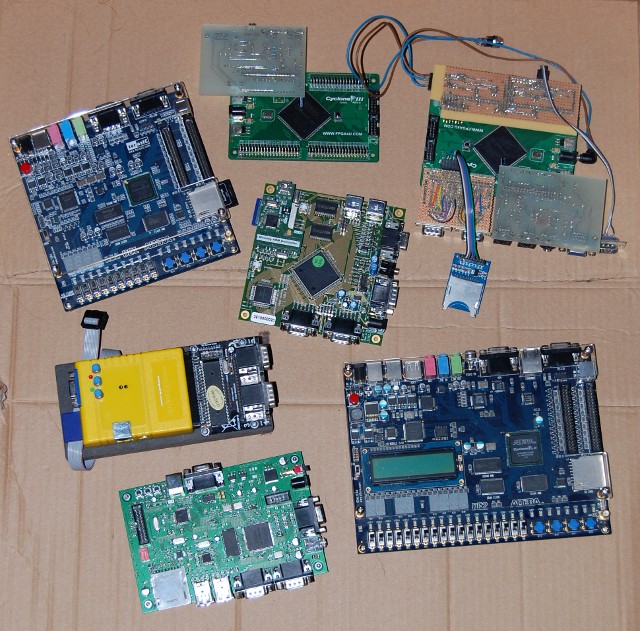When I first added the Turbo ChipRAM feature to the Minimig core, there were suprisingly few unpleasant side-effects. However, one side-effect did become apparent when I added the Two-way CPU cache.
On a real Amiga, it’s possible for the CPU’s bus and the chipset’s bus to operate independently, so if Fast RAM is available, the CPU can conduct a FastRAM operation at the same time as the chipset is reading or writing from Chip RAM. On the TG68-based Minimig variants, there’s only one type of RAM available – SDRAM, and no matter how they’re handled, Chip RAM and Fast RAM accesses ultimately all end up in the same RAM chip. Chip RAM accesses are coordinated by the Minimig’s chipset emulation, while Fast RAM accesses use a different port in the SDRAM controller and bypass the Minimig chipset emulation entirely, which is much faster. This is the key to my “Turbo ChipRAM” option – which basically allows Chip RAM to be accessed through the SDRAM controller’s Fast RAM port.
The problem is that the Fast RAM port is cached, so if the chipset writes to a piece of Chip RAM which happens to be in the cache, the cached data becomes stale, and next time the CPU reads that address it received the stale data, not the newly-written data.
The solution to this is to perform Bus Snooping. The CPU cache needs to monitor the SDRAM controller’s Chip RAM port, watching for writes, and any time it sees a write to an address that’s in cache, it must either update or flush the cached data.
I’ve taken the easier but slower option here, simply marking the data as invalid, forcing it to be re-read from SDRAM next time the CPU wants to access it. There’s scope to improve performance by updating the cached data and leaving it marked as valid. The cost for this would simply be the extra logic elements needed to store the written data temporarily and write it to the cache.
Source for the Two-way cache with Bus Snooping can be found here – and I’ll try and release a new version of the Chamemleon core in the near future with this change included.



